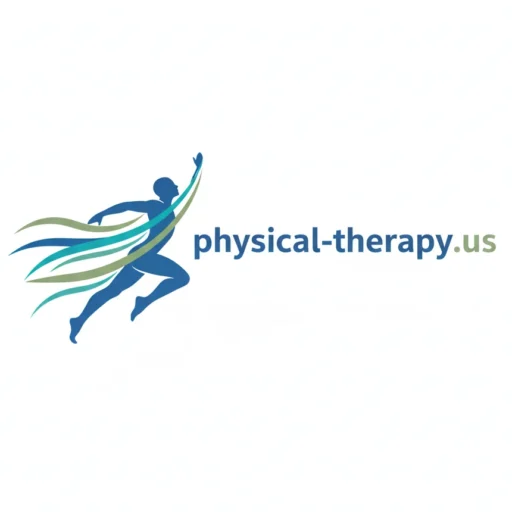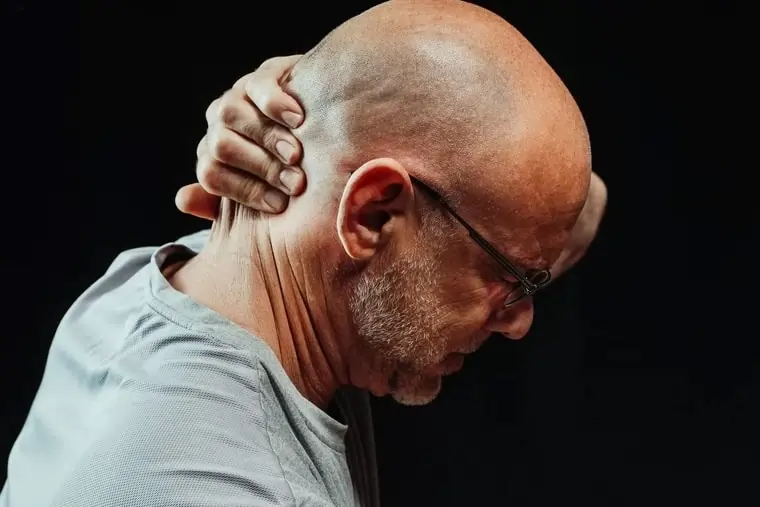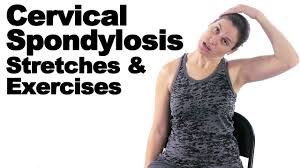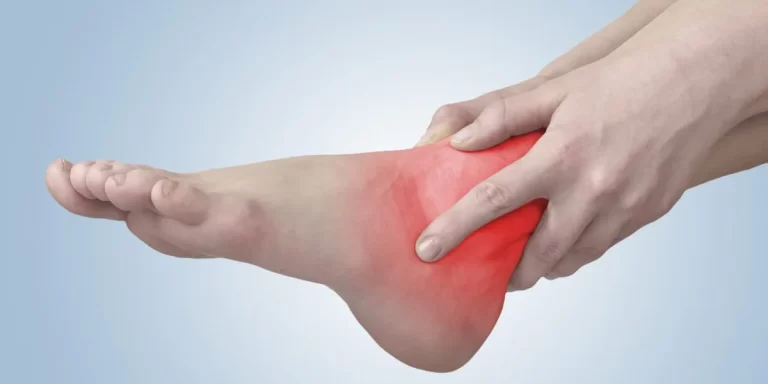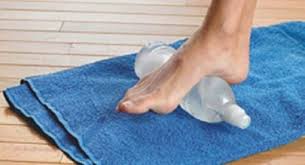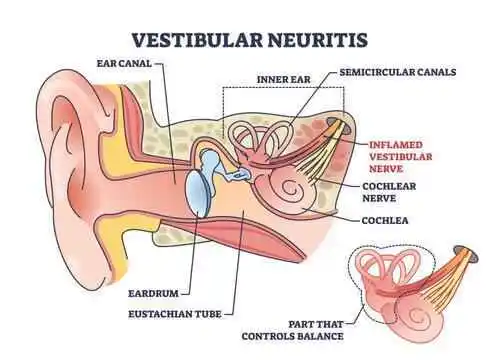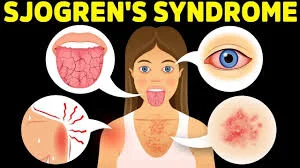Can Neck Pain Cause Migraines?
Introduction:
Migraines and neck pain are two prevalent yet frequently misdiagnosed disorders that can greatly affect day-to-day functioning. Many experience them together and question whether there is a link, even though they may appear initially unrelated.
According to research, some people may experience migraine symptoms that are triggered or made worse by neck stress, stiffness, or injury. For prevention and therapy to be successful, it is essential to understand this possible connection. This article discusses how migraines may be worsened by neck pain and offers solutions.
Causes of Can Neck Pain Cause Migraines:
Tension and Strain in the Muscles
Muscle tension in the upper shoulder and neck, frequently caused by bad posture, stress, or misuse, can aggravate nerves and constrict blood flow, which may result in migraines.
The dysfunction of the cervix
Cervicogenic headaches, which closely resemble migraines, can result from problems in the cervical spine (neck region), such as disc problems or joint inflammation, which can send pain to the head.
Nerve Irritation or Compression
Migraine-like symptoms can be caused by acute or throbbing pain that radiates to the scalp from compressed or irritated nerves in the neck, particularly the occipital nerves.
Bad Posture
Extended periods of sitting or screen time can cause forward head position, which puts more strain on the joints and muscles of the neck. The onset of migraine may be influenced by this biomechanical stress.
Trauma or Injury
Recurrent headaches or migraines may result from the cervical spine’s position and function being disturbed by whiplash or other neck traumas.
The Top Ten Neck and Migraine Facts:
Limited Usefulness of Imaging Tests:
MRIs and other imaging studies frequently reveal age-related abnormalities in the neck joints, such as arthrosis and dry disks, which are not always associated with pain. Due to their weak predictive usefulness for treatment responses, these findings may cause needless concern and more testing.
Complex Neck Structures:
Joints, tendons, ligaments, and muscles are only a few of the numerous possible pain origins in the complicated structure of the neck. Even by professionals, imaging and clinical investigations frequently fail to yield definitive answers.
Cervicogenic Headache and Trauma:
Cervicogenic headaches are a complex group that requires more precise classifications because they frequently arise from trauma like whiplash or concussion. Patients who are aware of this may find it easier to understand the confusion they may experience in clinical settings.
Medications and Their Limitations:
While medications can help control headaches and chronic neck pain, they are rarely enough on their own. Although they can cause dependence, adverse effects, and habituation, options include tricyclics, muscle relaxants, gabapentinoids, NSAIDs, and opioids.
The Role of Injections:
Neck pain injections might help, but their results are frequently the result of a placebo effect. Though they should be used carefully to prevent muscle weakness, treatments like Botox can help with chronic migraine and related neck pain.
Strengthening Muscles:
For long-term pain management, it is essential to regularly exercise to strengthen the muscles in the shoulders and neck. Massage and passive methods like TENS equipment don’t work as well. Benefits can only be achieved by consulting a physiotherapist and sticking to a regular workout schedule for several months.
Long-Term Vision for Pain Management:
Since neck and back pain are common, a long-term approach is necessary. Our longer lifespans and sedentary lifestyles are contributing factors to joint issues. Realistic expectations, consistent exercise, and stretches are all components of effective management.
Treatment of Can Neck Pain Cause Migraines:
Both the headache symptoms and the underlying neck problems must be addressed to effectively treat migraines caused by or made worse by neck pain. The finest outcomes are frequently obtained by a mixed approach:
- Physical Therapy
Targeted physical treatment can strengthen shoulder and neck muscles, reduce stiffness in the neck, and enhance posture. Exercises for posture correction, stretching, and manual treatment help lessen the frequency and severity of migraines. - Medications
Medications: Prescription migraine drugs or over-the-counter painkillers (such as acetaminophen or ibuprofen) may help manage symptoms. If the pain is being caused by muscle tension, muscle relaxants may also be administered. - Changing Posture
Reducing neck strain and avoiding migraine triggers can be achieved by enhancing workplace ergonomics and maintaining proper posture during regular activities. - Therapy Using Heat or Cold
Temporary relief from headache and neck pain symptoms can be obtained by applying a warm compress or ice pack to the neck, which can help relax muscles or reduce inflammation. - Managing Stress
Relaxation methods like deep breathing, yoga, and meditation can be helpful because stress frequently causes migraines and neck tightness. - Identification of Triggers and Modifications to Lifestyle
Maintaining a migraine journal can assist in identifying trends or triggers associated with stress levels, sleep patterns, or neck pain. Migraines can be prevented by avoiding identified triggers. - Alternative Medicine
For certain people, cervicogenic headaches and migraines connected to the neck can be effectively managed with acupuncture, chiropractic adjustments, and massage therapy.
Conclusion:
Many people have a close relationship between migraines and neck pain, with spinal problems, bad posture, or neck tension frequently serving as triggers. The frequency and intensity of migraine attacks can be significantly decreased by treating underlying neck pain, even though not all migraines are caused by neck issues.
Understanding this link enables more focused and efficient treatment plans that integrate posture correction, pain management, and lifestyle modifications. Seeking professional diagnosis and treatment can result in long-lasting relief if you commonly suffer from both migraines and neck pain.
FAQs
What is the best activity for migraine sufferers?
Exercises including walking, swimming, cycling, and yoga are typically advised for migraine management. Low-impact exercises like swimming and walking are frequently advised because they prevent sharp spikes in blood pressure and heart rate, which can occasionally cause headaches. Tai chi and yoga can enhance general well-being and lessen stress, which is a major migraine cause. Since more intense activity, such as HIIT, might cause migraines in certain people, start cautiously and observe how your body reacts.
Do my migraines stem from my neck?
Although a tense neck is undoubtedly not good for your health and may even result in a cervicogenic headache, a particular kind of headache, it usually doesn’t induce a migraine. Rather, this particular kind of headache can worse neck pain while you’re suffering from migraines.
What is the best treatment for migraines?
Since the most effective treatment for migraines varies depending on the individual and the frequency and severity of their attacks, there is no one “best” treatment for migraines. Nonetheless, medicine, lifestyle modifications, and alternative therapies are a few popular and successful treatments.
How can migraines be instantly relieved?
Applying a cold compress, taking over-the-counter painkillers, and sitting in a quiet, dark place are some ways to gain instant relief from a migraine. Avoiding stressors, using relaxation techniques, and maintaining proper hydration can also be beneficial.
Why am I now experiencing migraines?
Other recognized factors include stress, excessive coffee consumption, alcohol consumption, particularly red wine, and some medications. alterations in sleep patterns, variations in the weather, missing meals, or even avoiding particular foods, such as processed foods and aged cheeses.
Does physical therapy help with migraines?
By treating neck pain and associated muscle problems, physiotherapy can be very helpful in managing migraines. A customized strategy based on each person’s needs and dysfunctions can help end the pain cycle and possibly lessen the frequency and intensity of migraine attacks.
References
- Frothingham, S. (2023, November 16). Stiff neck and headache causes and solutions. Healthline. https://www.healthline.com/health/stiff-neck-and-headache#treatment
- American Migraine Foundation. (2022, November 29). Neck pain and Migraine | American Migraine Foundation. https://americanmigrainefoundation.org/resource-library/neck-pain-migraine/
- Canada, M. (2025, April 22). Top ten facts about the neck and migraine – Migraine Canada. Migraine Canada. https://migrainecanada.org/top-ten-facts-about-the-neck-and-migraines/
- Meyler, Z., DO. (2018, December 7). Neck pain and migraine headache. Spine-health. https://www.spine-health.com/conditions/neck-pain/neck-pain-and-migraine-headache
